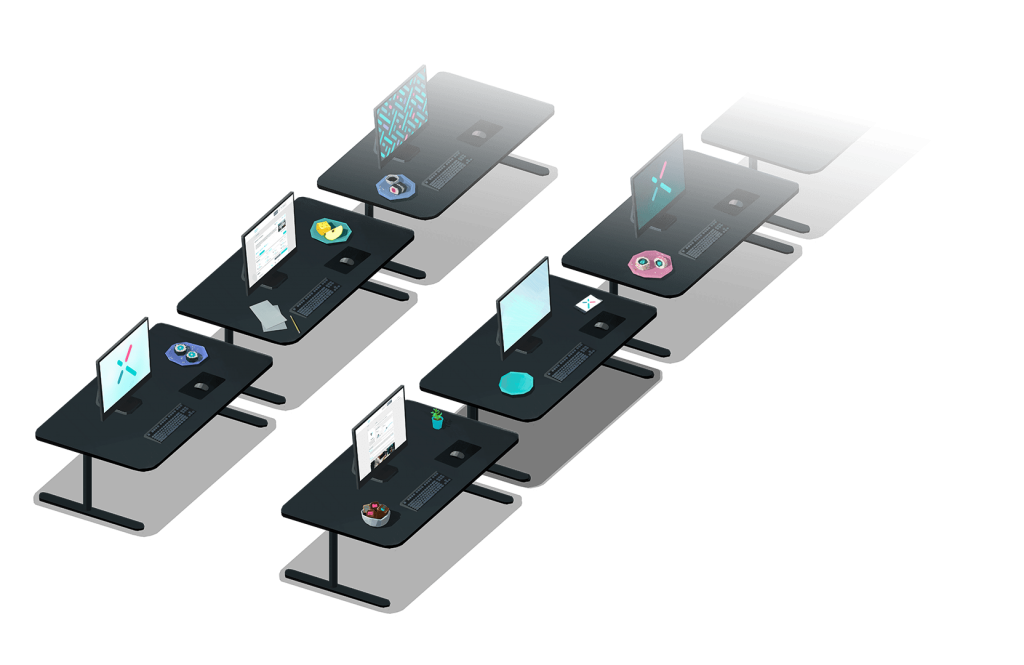Applications
Company
chunkx supports



First, the short but unsatisfactory answer: It depends. Do you know Malcolm Gladwell and his book: “High Flyers. Why some people are successful – and others are not “? Well, in it he posits that for most geniuses, success doesn’t just come naturally, but comes with a lot of learning, repetition, and hard work. 10,000 hours (!) is considered the magic formula: Whoever learns to play the violin for this long has the chance to become a master.
We can also observe the enormous importance of repetition in sports: Professional basketball players practice throws that we think they have already mastered perfectly. Football players train tactical sequences over and over again in order to be able to call them up immediately at an important moment and execute them as perfectly as possible.
In our everyday working life we perceive something very similar: we learn better what we apply and repeat in our daily job after a training. That which we do not apply quickly fades away. This makes sense and is just as true for the aforementioned football player: Our world, our jobs and even a football game are too complex to be able to constantly apply, repeat and further train everything. Nevertheless, this is exactly what is expected of us in our daily work to a high degree, as processes, tools, software and requirements change much faster than was the case 50 years ago.

With this in mind, we developed chunkx. A tool that connects topics for you, actively adapts to your level of knowledge and focuses such content for you that you are not yet so good at. But nothing works without you: Only if you use chunkx regularly, the algorithm learns and you benefit from the continuous learning effect.
To reward continuity, we have introduced daily tasks.Every day they increase by 1 and whenever you have worked on a learning task, they are reduced by 1. Once you get them to 0, you’ll get lots of bonus points. Simple, isn’t it? That way, you’ll be rewarded for the daily routine and know when your daily chunks are greater than 0 that it’s time to do something again:
Open app
+ start new session
+ edit a task
+ Process feedback
= 1 minute
But we know that: Often even 1 minute a day is too much and you don’t always think about it when you have that one minute. Therefore, we recommend that you alternatively work on 7 tasks once a week. Your daily chunks can’t go higher than 7 either. So whenever they are at 7, you know you haven’t studied in chunkx for at least 7 days.

After you finish a learning session in chunkx, you can see in your evaluation how long it took and how much time you spent learning per task on average. This way you can easily keep track of your own goals and know what you have invested.
If you manage to bring continuity into your learning processes with chunkx, we promise you fast and sustainable learning success. chunkx takes care of that,
This mixture keeps you optimally on the ball regarding your topics. And if one of your topics does get really annoying, just unsubscribe from the channel and it will no longer be part of your compilation.
Looking for more info on how to use chunkx? Then check out our tips and first steps.
chunkx supports


